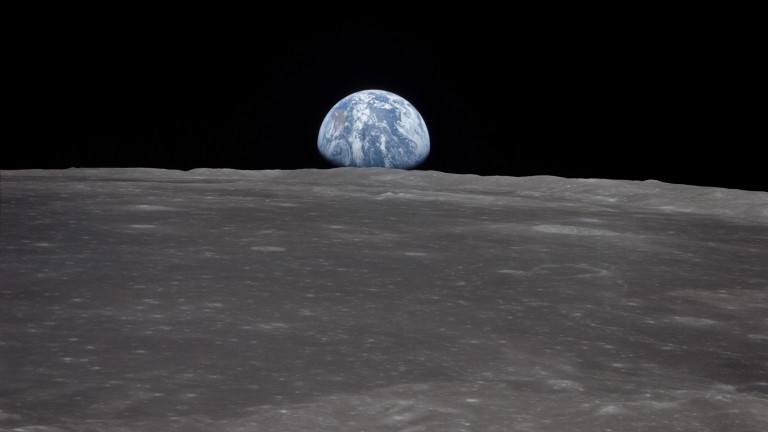There are a number of theories about where the moon came from. Our best guess is that it was formed when the Earth was hit by a large object known as Theia. The impact threw up huge amounts of debris into orbit, which eventually coalesced to form the moon.
There’s a problem with this theory. The mathematical models show that most of the material that makes up the moon should come from Theia. But samples from the Apollo missions show that most of the material on the moon came from Earth.
A paper out earlier this week in Nature Geoscience has a possible explanation. The research, led by Natsuki Hosono from the Japan Agency for Marine-Earth Science and Technology, suggests that the Earth at the time of impact was covered in hot magma rather than a hard outer crust.
Magma on a planetary surface could be dislodged much more easily than a solid crust could be, so it’s plausible that when Theia struck the Earth, molten material originating from Earth flew up into space and then hardened into the moon.
This theory relies a lot on the timing of the formation of the moon. The Earth would have to have been in a sweet spot of magma heat and consistency for the theory to be true.
Additionally, as Jay Melosh at Purdue University explains in a comment article alongside the research, this new simulation still doesn’t check all the boxes needed to get our lunar observations in line with our theories. But it is an important step in getting closer to a solution.
Want to keep up to date with space tech news? Sign up for our space newsletter, The Airlock.

